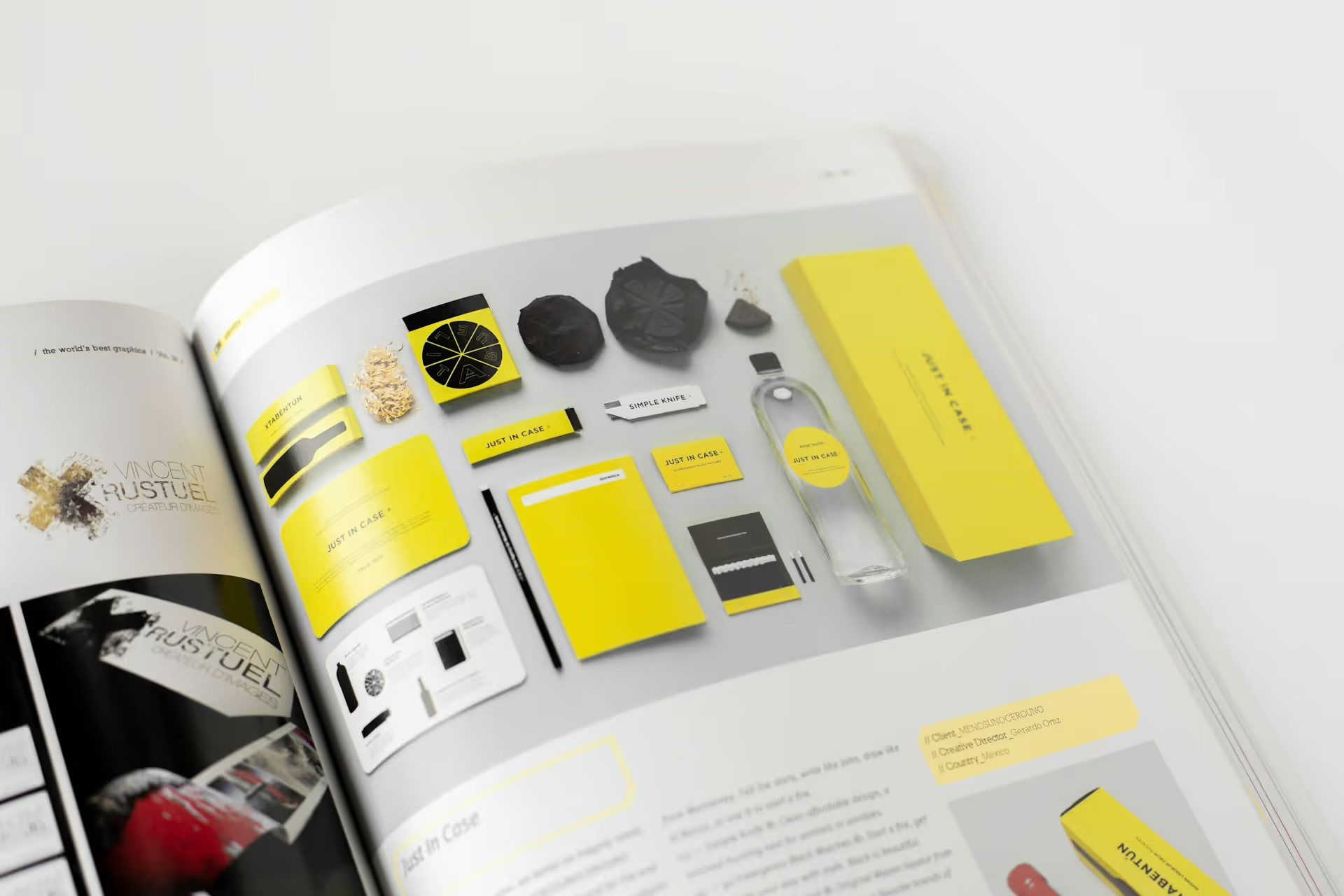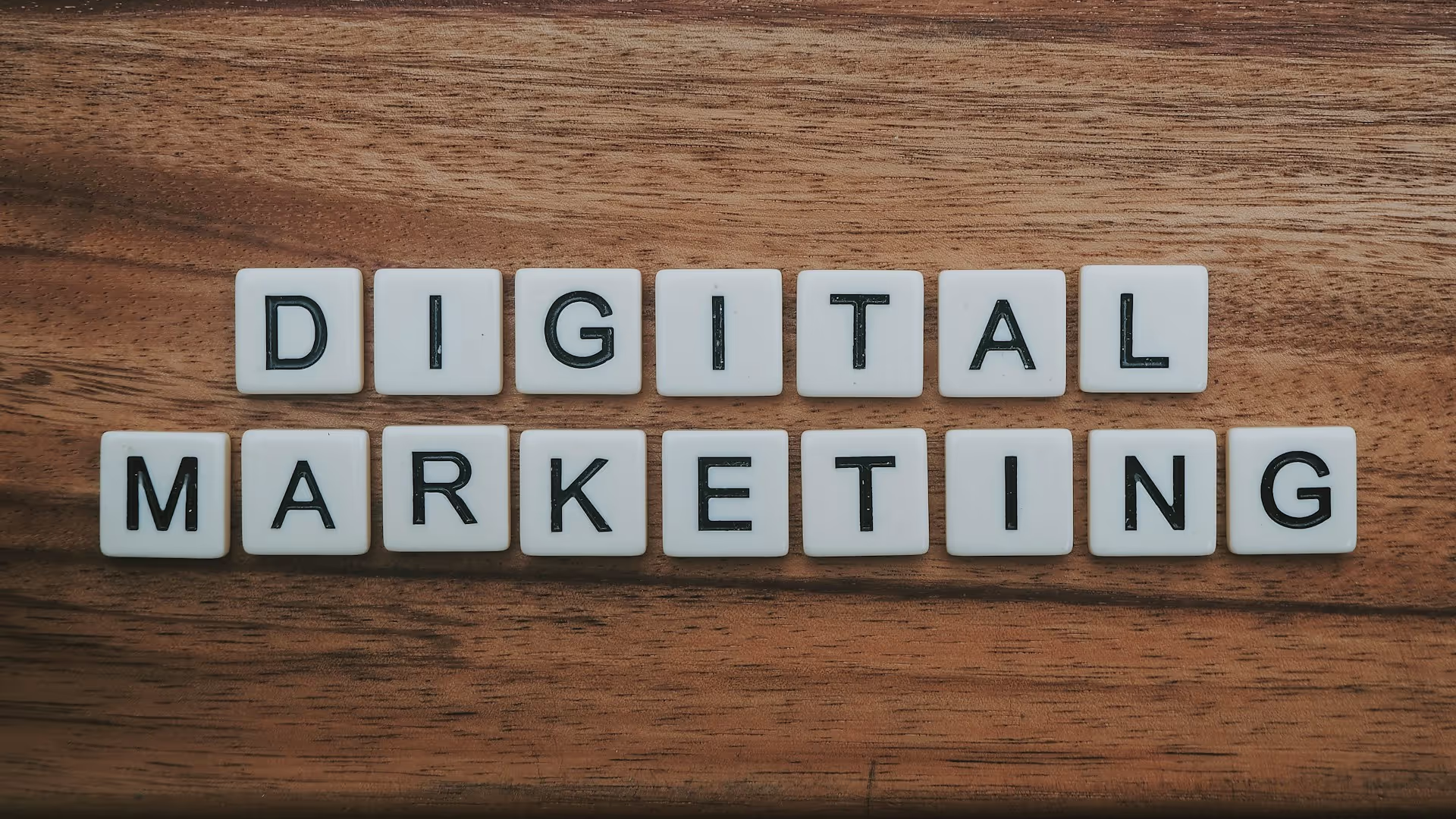
The Brand Audit Checklist for Scaling Companies in Atlanta
Key Takeaways:
- Scaling companies in Atlanta often outgrow their original brand faster than expected.
- A brand audit helps realign messaging, visuals, voice, website UX, and internal culture.
- Most brand issues surface quietly—through inconsistent visuals, unclear positioning, or fragmented communication.
- A structured audit reveals gaps across content, digital experience, perception, and design systems.
- Emotional clarity, market fit, and internal alignment are crucial for maintaining trust during growth.
- Consistency across platforms—website, social, sales decks, product UI—directly impacts conversion and brand perception.
- Brightter’s audit framework offers a practical roadmap for Atlanta companies to modernize and scale confidently.
1. Introduction:
As companies in Atlanta grow—from funded startups to fast-scaling service firms—their brand either becomes their biggest asset or their biggest liability. In high-growth environments, a well-aligned brand does more than look good—it creates clarity, builds trust, and fuels momentum.
A brand audit is how you ensure everything you’ve built so far still reflects where you're headed. It’s not about a redesign—it’s about getting aligned at every level: voice, visuals, values, and execution. And for Atlanta-based companies, where the market is diverse, fast-paced, and rooted in both community and innovation, this alignment is especially crucial.
In this deep-dive guide, we’ll walk you through a complete brand audit process tailored specifically to the needs of scaling companies in Atlanta—covering the strategic, operational, and cultural dimensions of brand growth.
2. Why Brand Audits Matter During Growth
Growth can be messy. Your team scales. Your services evolve. Your audience shifts. What felt right two years ago might now be holding you back.
In Atlanta—a city balancing global ambition with deep regional identity—your brand must scale strategically. A brand audit helps ensure your business doesn’t outgrow your message, tone, or perception.
Key Reasons to Audit:
- You're entering new markets or expanding locations
- Your website and sales materials haven’t been updated in 12+ months
- You're launching new services or restructuring offerings
- You're hiring fast and need brand clarity for culture onboarding
- You’re struggling to explain your value quickly to new audiences
Brand audits aren’t reactive—they’re proactive safeguards against fragmentation.
3. Common Symptoms of Brand Misalignment
Brand erosion happens quietly—until it doesn’t. Here are some signals that your brand is misaligned:
- 🚫 Sales and marketing teams are saying different things
- 😕 Prospects are confused about what you do
- 🔄 Your website doesn’t reflect your current offerings
- 🧩 Visuals feel inconsistent across platforms
- 📉 Engagement is dropping despite increased traffic
- 🧭 You’ve grown but lack a clear story to match your scale
- 💬 You get more questions than conversions after a pitch
These aren’t minor issues. They erode confidence—internally and externally.
4. The Brand Audit Process: A Step-by-Step Framework
At Brightter, we use a proven 7-part audit process to assess brand clarity, consistency, and scalability. We treat the brand not as a marketing layer but as the connective tissue between your team, your customers, and your business goals.
a. Brand Positioning and Messaging
This is your narrative backbone.
- Are your mission and vision statements still accurate and motivating?
- Does your elevator pitch capture what makes you different, not just good?
- Is your messaging segmented for multiple audiences (buyers, users, partners)?
- Is there clarity between external voice and internal culture?
If your team can't explain what you do in the same way—or with confidence—this is the first place to look.
b. Visual Identity and Consistency
Design isn’t just about aesthetics—it’s how customers feel when they interact with your brand.
- Are your logos, typography, and colors being used consistently?
- Does your system allow for scalable design (across products, social, web, ads)?
- Is your visual identity still modern and relevant in your space?
- Do stakeholders follow a clear set of usage guidelines?
An inconsistent identity creates cognitive dissonance. People stop trusting what they can’t recognize.
c. Tone of Voice and Content
This includes:
- Homepages, headlines, and blog articles
- LinkedIn bios, product descriptions, and sales decks
- Internal docs and onboarding materials
Questions to ask:
- Is your tone formal, conversational, technical, irreverent, or visionary?
- Does it vary intentionally across platforms, or accidentally?
- Are your content creators aligned on language, cadence, and tone?
Voice is your brand’s personality. In Atlanta’s people-first business culture, it matters.
e. UX + Website Experience
Your website is often the first and most frequent touchpoint. It must:
- Reflect your current offerings and positioning
- Guide users intuitively toward action
- Perform fast and responsively across all devices
- Be optimized for trust and readability
We use tools like Hotjar and GA4 to understand where users drop off and why.
f. SEO + Digital Visibility
Your SEO strategy is your silent brand ambassador. A scalable brand ranks:
- For branded keywords (company, founder, products)
- For high-intent, non-branded terms in your industry
- With a structure that enables content growth
- Across relevant ATL-specific searches (local service pages, events, news)
SEO reveals whether your brand is visible where and when it matters.
g. Customer + Internal Perception
Brand is not what you say—it’s what they remember.
Interview:
- Existing clients: “What made you choose us?”
- Former clients: “Why did you leave?”
- Team members: “How do you describe our brand to others?”
Surveys, reviews, and social listening can round out the picture.
h. Platform-Specific Branding
Audit every customer-facing channel:
- Is your Instagram aligned with your website?
- Do your YouTube thumbnails look like your site?
- Is your LinkedIn banner on-brand?
- Does your newsletter template reflect your voice and style?
If people follow you across platforms, it should feel cohesive—not like five different brands.
5. Evaluate Emotional Clarity and Market Fit
This is the “gut check” of branding.
Ask:
- Is there emotional resonance in your copy, design, and storytelling?
- Does your brand reflect your audience’s aspirations, not just your features?
- Are you building a brand people want to associate with, not just buy from?
The most trusted brands are emotionally aligned with their customers.
6. Internal vs. External Perception
At scale, the internal brand is just as critical as the external one.
When your internal culture and your external message diverge:
- Trust breaks down
- Onboarding slows
- Customer experience becomes inconsistent
Your team is your first brand audience. Align them first.
7. Checklist: Audit for Digital Brand Consistency
✅ Homepage headline clearly communicates core offer
✅ Logo usage is consistent across web, docs, and social
✅ Primary color palette used uniformly across assets
✅ Font hierarchy follows brand standards
✅ Blog tone aligns with brand personality
✅ Metadata supports brand messaging
✅ Email headers and CTAs are brand-aligned
✅ Social bios and banners reflect current positioning
✅ Ad creatives match organic visuals and tone
✅ Product UI reflects overall brand design language
Brand consistency is not about rigidity—it’s about recognizability.
8. Tools and Metrics to Measure Brand Health
Quantifying brand can be tough—but not impossible.
Top Tools:
- Google Analytics 4 – branded vs. non-branded traffic trends
- Hotjar / Microsoft Clarity – user interaction and behavior
- Ahrefs / SEMrush – search visibility and backlink strength
- Writer / Grammarly Business – tone consistency at scale
- Notion or Airtable – content audit dashboards
Key Metrics:
- Branded search volume growth 📈
- Time on page and scroll depth on brand pages ⏱️
- Review sentiment and NPS trends 💬
- Organic traffic to top-level brand content 🔍
- Consistency of message in team bios and sales collateral
9. Real-World Case: How a Midtown Tech Company Rebranded from the Inside Out
A 30-person SaaS company in Atlanta had scaled rapidly. But:
- Their site still talked like a 3-person dev shop
- Their visuals hadn’t changed in 5 years
- Their sales team was using outdated decks
We conducted a brand audit and:
- Refined their positioning into 3 core audience segments
- Updated their messaging hierarchy and landing pages
- Rebuilt their design system and CMS structure
- Aligned product, marketing, and sales on the same narrative
Outcomes:
- 48% increase in MQL conversion
- 2x demo bookings via homepage
- Shorter sales cycles
10. How Brightter Leads Brand Audits for Growing Atlanta Companies
We go beyond surface-level checklists. Our approach is:
- Strategic: Built around your business and growth goals
- Collaborative: Involving your team at every stage
- Actionable: Delivering clear priorities and roadmaps
Our Four-Phase Process:
Phase 1: Discovery & Insight
- Stakeholder interviews, customer analysis, data audit
Phase 2: Audit Execution
- Deep dive into brand, UX, messaging, SEO, culture, perception
Phase 3: Insights & Roadmap
- What’s working, what’s not, and where to focus next
Phase 4: Activation (Optional)
- Content rewrites, visual redesign, messaging refinement, rollout planning
11. Final Word: Don’t Scale on a Shaky Brand
Your brand is the thread that connects your growth, your product, and your team. As you scale in Atlanta’s competitive environment, clarity and consistency become non-negotiables.
A brand audit doesn’t just identify flaws—it uncovers potential.
Want to find out where your brand stands—and how to align it for what’s next? Brightter can help you move forward with confidence.
👉 Reach out today to schedule your brand clarity consultation.
Frequently Asked Questions
1. What exactly is a brand audit?
A brand audit is a structured evaluation of your messaging, visuals, digital presence, customer perception, and internal alignment to ensure your brand reflects your current business.
2. How often should scaling companies in Atlanta run a brand audit?
Most growing companies benefit from a full audit every 12–18 months—or immediately after major product, market, or team changes.
3. What are the biggest signs that a brand is misaligned?
Inconsistent visuals, unclear positioning, low engagement, confused prospects, and internal teams communicating different messages.
4. Does a brand audit mean we need a full rebrand?
Not necessarily. Many audits lead to refinement—not a complete redesign. The goal is clarity, not replacing everything.
5. Why is a brand audit important for fast-scaling companies?
Growth creates gaps. A brand audit ensures your narrative, design, website, and voice evolve with your offerings and audience.
6. How does a brand audit improve conversions?
Clear messaging, aligned visuals, and a consistent digital experience reduce friction and increase trust—leading to higher conversions.
7. Does a brand audit include website UX?
Yes. Website experience is a core component—reviewing navigation, clarity, content quality, speed, and user behavior.
8. How do internal teams influence brand alignment?
If your team communicates inconsistently, the brand appears fragmented. Internal alignment is foundational to strong external messaging.
9. What tools help measure brand health?
Hotjar, GA4, Ahrefs, Grammarly Business, Notion dashboards, and survey tools give clear insights into perception and consistency.
10. How does Brightter support Atlanta companies with brand audits?
Brightter provides a structured, insight-driven evaluation of your positioning, UX, content, design, and internal alignment—plus a roadmap for scaling your brand.



.avif)



















































































